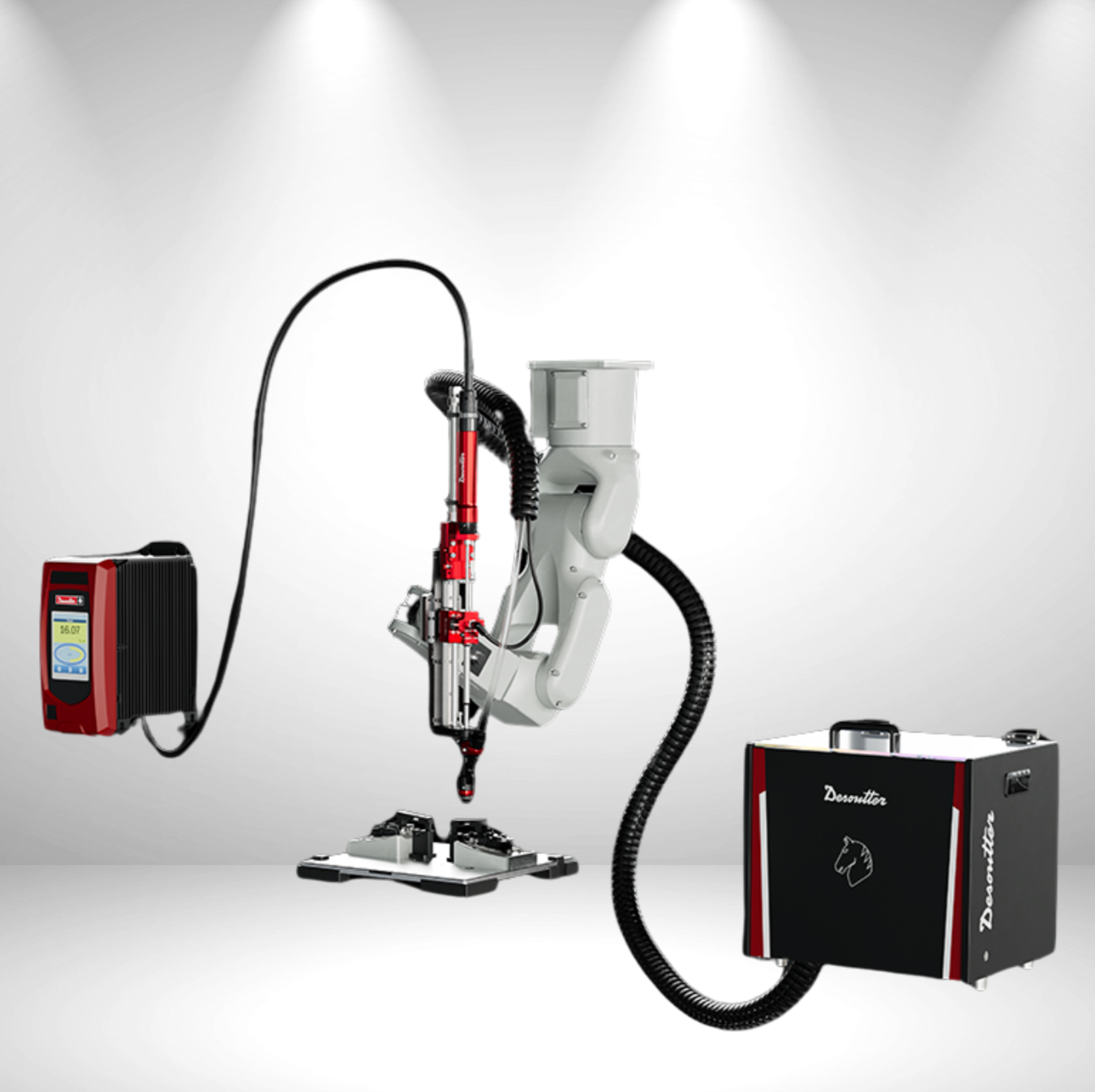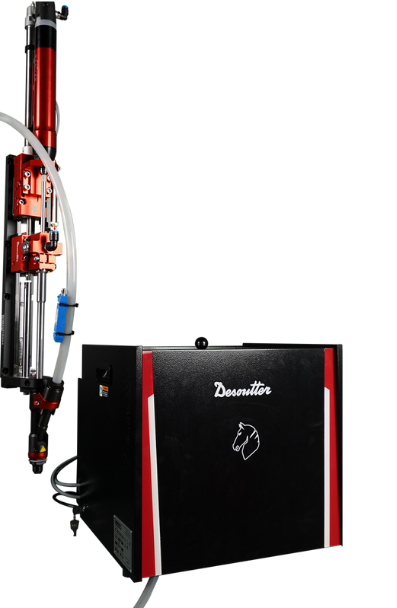What Are the Key Benefits of Using Automatic Screw Feeding Systems?
- Boosted Operational Efficiency and Higher Throughput:
By automating the screw feeding process, manufacturers can significantly increase their efficiency and productivity. Automatic systems ensure a constant supply of screws and fasteners, eliminating the time-consuming task of manual feeding. This results in faster assembly times, shorter production cycles, and increased output, ultimately boosting overall productivity.
- Enhanced Precision and Accuracy:
Manual screw handling can be prone to errors, leading to inconsistencies in tightening torque and alignment. Automatic screw feeding systems provide precise and accurate screw delivery, ensuring consistent tightening results. This enhances product quality, reduces rework, or defects, and improves customer satisfaction.
- Quick and Easy Integration:
One of the key advantages of screw-feeding systems is their quick and easy integration into existing assembly lines. They are designed to seamlessly integrate with various production equipment, such as robotic arms, conveyors, or assembly stations. This means minimal disruptions to the workflow during implementation, allowing manufacturers to experience the benefits of automation without major downtime or overhauling of their existing processes.
- Reduced Labor Costs and Minimized Operator Fatigue:
Automating the screw-feeding process eliminates the need for manual labor dedicated to screw handling. This reduces labor costs and frees workers to focus on more skilled tasks, improving overall workforce efficiency. Additionally, it eliminates the physical strain and fatigue associated with repetitive manual screw handling, contributing to a safer and healthier work environment.
- Improved Workplace Safety and Ergonomic Design:
Automatic screw-feeding systems contribute to a safer work environment by minimizing the risk of injuries associated with manual handling. Workers are exposed to fewer hazards, such as repetitive motion injuries or accidents caused by dropped screws. Furthermore, these systems are designed with ergonomics in mind, ensuring comfortable and efficient operation for workers.




